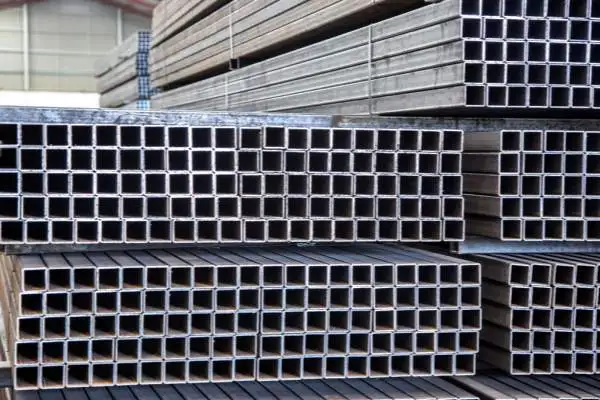Carbon steel elbows (CS elbows) are critical components in pipeline systems, primarily used to alter the direction of fluid flow. Given their functional role, pressure resistance and sealing performance are essential to prevent leakage or rupture during operation. Among various testing techniques, water pressure testing is a vital method for evaluating the structural integrity and performance of these fittings under simulated working conditions.
This article outlines the standard procedures, testing steps, and precautions for conducting water pressure tests on carbon steel elbows, while emphasizing their significance in ensuring system safety and reliability.
Super Steel Manufacturing Co.,Ltd is professional carbon steel elbow manufacturer, for more details, please contact:sales@super-steels.com
1. Overview of the Water Pressure Testing Method
Water pressure testing involves filling the elbow and associated pipe system with water and applying a pressure level higher than the expected working pressure. The goal is to verify the elbow's ability to withstand internal pressure without leaking or deforming. The basic steps include:
1.1 Test Preparation
Before testing, prepare all necessary equipment, including:
Pressure pump
Calibrated pressure gauges
Sealing gaskets
Venting devices
Ensure the elbow and pipeline assembly are properly installed and thoroughly cleaned.
1.2 Water Filling
Fill the system with clean water. All trapped air must be evacuated — usually via exhaust valves at the system's highest point — to prevent air pockets from affecting pressure readings.
1.3 Pressure Application
Use the pressure pump to gradually increase water pressure to the required test level. Typically, this is 1.5 times the elbow’s designed working pressure. For example, an elbow rated for 10 MPa should be tested at 15 MPa. Maintain consistent pressure and monitor using pressure gauges.
1.4 Inspection
Once the test pressure is reached, inspect the elbow and its joints for:
Leaks
Deformation
Unusual noises or movement
If any abnormality is detected, stop the test immediately for assessment and corrective action.
1.5 Pressure Hold
Maintain the test pressure for 15 to 30 minutes, observing whether the system remains stable. Any drop in pressure or appearance of leakage during this time may indicate defects that must be addressed.
2. Standard Operation Procedure for Elbow Testing
To ensure accurate and safe testing, follow these operational guidelines:
Equipment Check: Confirm that all devices (pump, gauges, connectors) are in good condition and functioning properly.
Proper Water Filling: Fill the elbow and system with water completely, eliminating air to avoid false results.
Controlled Pressure Increase: Increase pressure gradually, not suddenly, to avoid damaging the elbow or other components.
Detailed Observation: Inspect all welded joints, connection areas, and the elbow’s surface closely during pressurization.
Data Recording: Record relevant test data such as test pressure, duration, and observations for quality documentation and analysis.
3. Key Precautions During Water Pressure Testing
3.1 Safety Measures
Personnel must wear protective equipment such as gloves, goggles, and safety shoes to guard against possible hazards from high-pressure water discharge.
3.2 Environmental Factors
Maintain a suitable ambient temperature during testing. Excessively low temperatures may lead to water freezing, which can impact test results and damage components.
3.3 Equipment Maintenance
Testing tools and instruments should be regularly maintained and calibrated to ensure measurement accuracy and repeatability.
4. Conclusion
Water pressure testing is an essential quality control measure for carbon steel elbows, ensuring they meet performance expectations under real-world conditions. By adhering to standardized procedures, testing can identify structural weaknesses early and prevent pipeline system failures.
Proper execution of the water pressure test not only guarantees product reliability but also contributes to long-term operational safety and efficiency. Mastery of the testing techniques and safety protocols is crucial for technicians and engineers working with pressure piping components, reinforcing both quality assurance and system integrity.



 English
English Español
Español Français
Français بالعربية
بالعربية





















